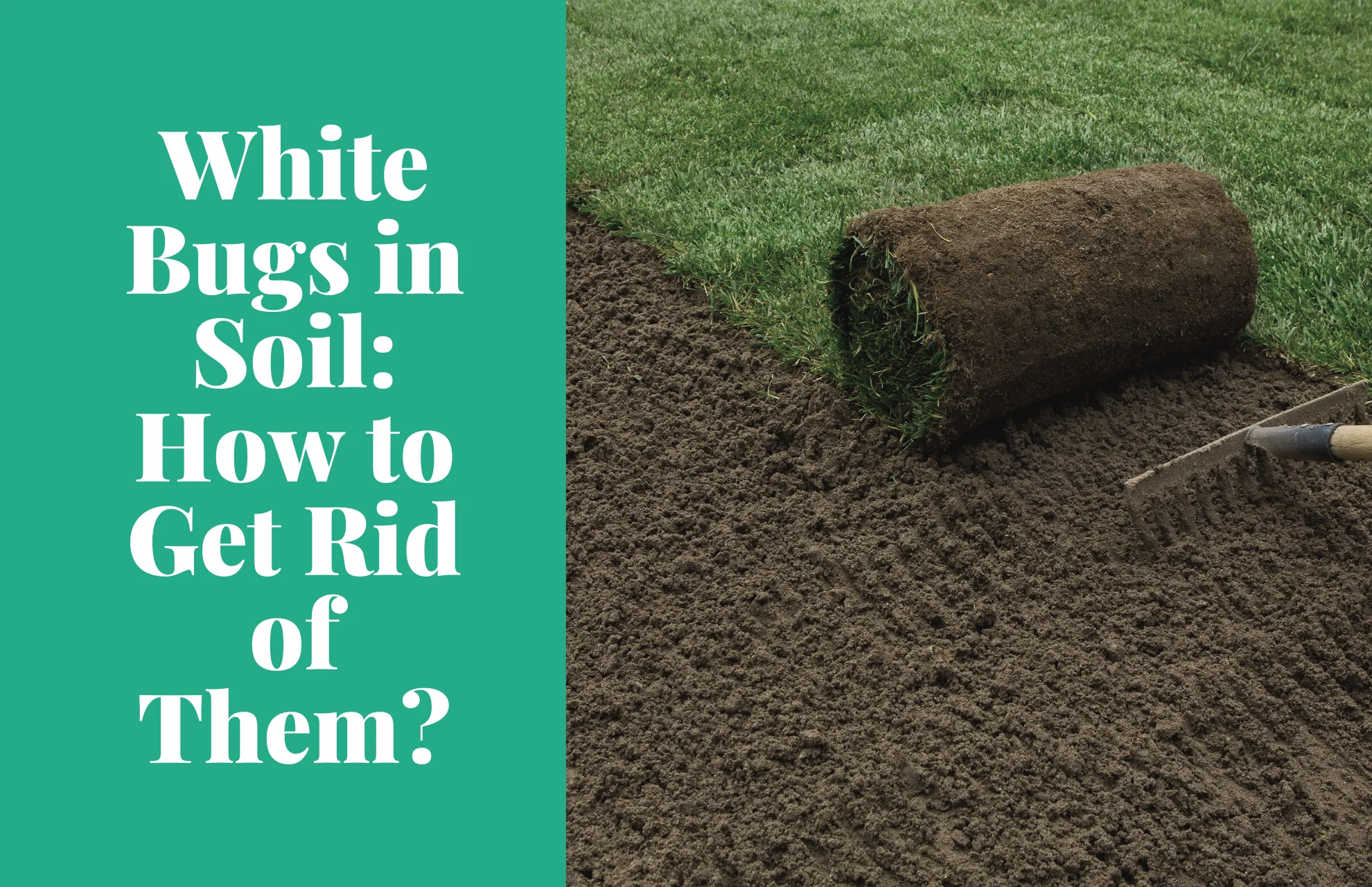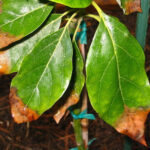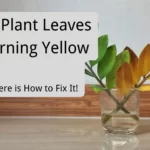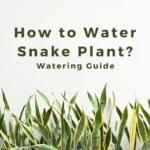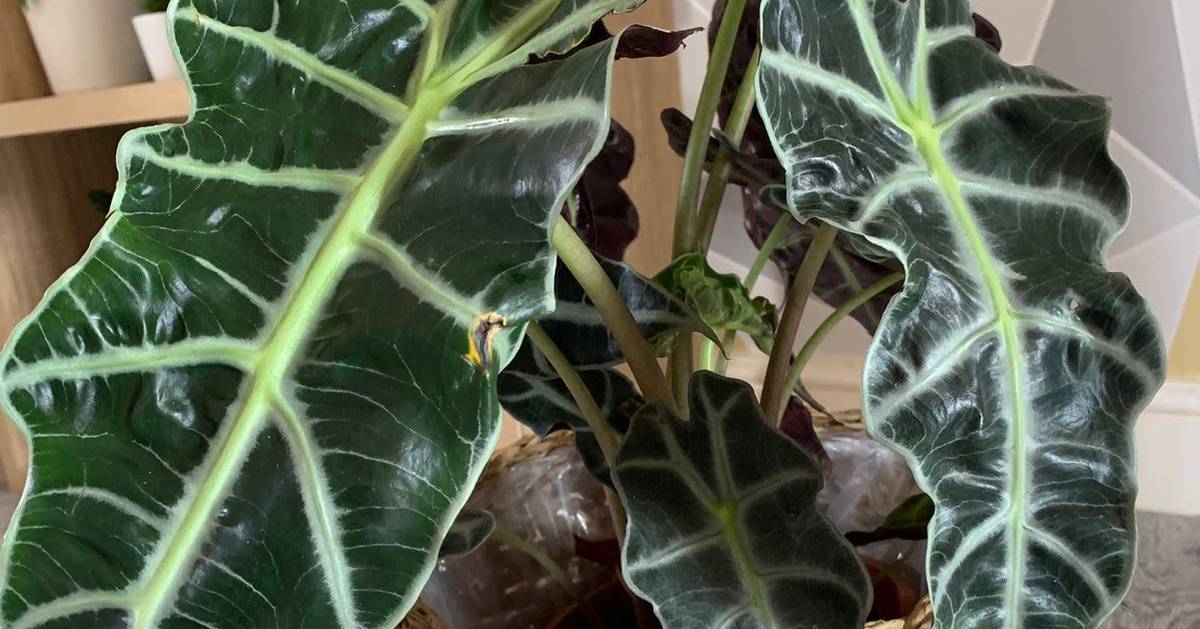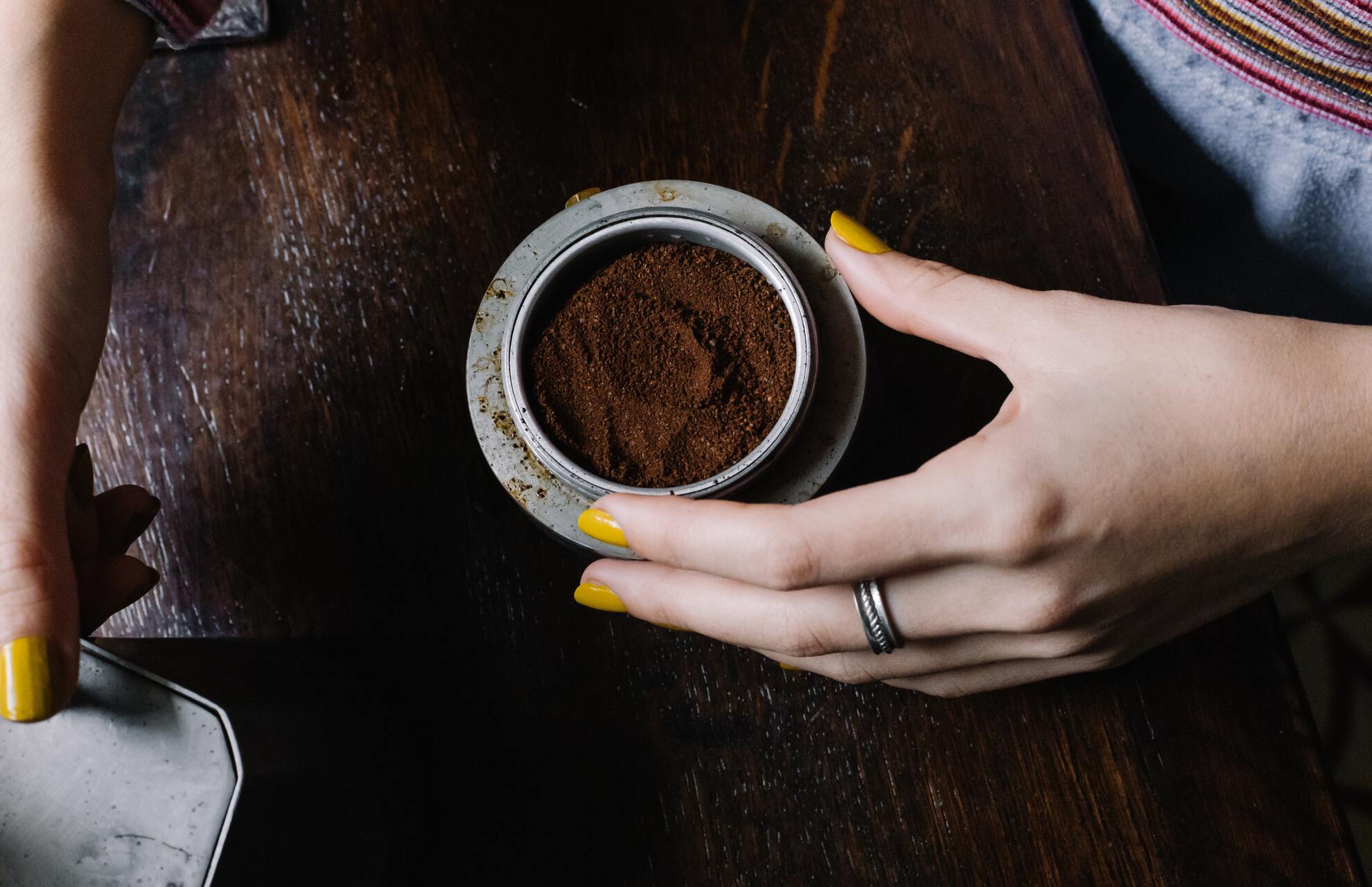The information you need about white bugs in the soil, including how to get rid of them and prevent them, is provided here.
You have soil mites if you’ve seen little white bugs in the soil surrounding your lawn, flowers, and shrubs. Usually, finding white bugs in the soil is terrible news. They attack your plant by suckling its sap, preventing its ability to produce food, and ultimately killing it. Only a small percentage of these white bugs, like soil mites, might be advantageous to your plants.
For information on how to recognize and deal with the most prevalent white bugs in the soil, read this comprehensive list.
What Are the White Bugs in Soil?
Scale bugs, white flies, or soil mites are likely the white insects that are sneakily hiding in your soil. Aphids, mealybugs, and fungus gnats are also among the pests that return home within the soil and harm the plant. This list that we have put together contains individual articles about each of these bugs.
Soil Mites
Soil mites are one of the most common tiny white insects in your soil and compost bin. You can hardly see them with your unaided eyes because they are so tiny, about the size of a pinhead. They may appear to you as countless tiny white spots residing in your soil.
Contrary to popular belief, soil mites are not dangerous insects. They perform many beneficial services for your plant. Your soil’s organic matter is broken down and consumed by them, giving your roots simple access to minerals.

They also attack and combat algae, fungi, and other bugs in the soil, making it safer for your plants. Some varieties of soil mites aerate the soil and control the activity of other living things there. Soil mites are extremely beneficial, so there is no justification for you to kill them.
Spider Mites
The distinction between soil mites and spider mites is that the former are relatively harmless insects. In contrast, spider mites are white or reddish insects that feed on plant sap. As a result, spider mites can be dangerous.
The appearance of fine, web-like threads is the most tell-tale symptom of an infestation by these mites. These webs are primarily visible under the leaves or around the stems. The leaves also become weak and yellow due to these mites. Following some time, the stem will also start to yellow. Most importantly, the plant’s growth comes to a halt.
Whiteflies
One of the most prevalent soil pests that can harm a plant is the whitefly. They are easy to spot and even easier to recognize as they are white-colored and have wings.
They attack your plants while also spreading and thriving in the soil. Their sap-sucking eventually shows up as damaged leaves with curled, brown edges. The plant’s growth gradually slows down until it eventually stops.
They still leave behind a sticky substance known as honeydew even though you cannot see them. A plant being attacked by whiteflies will have this residue on its leaves and stems.
Root Aphids
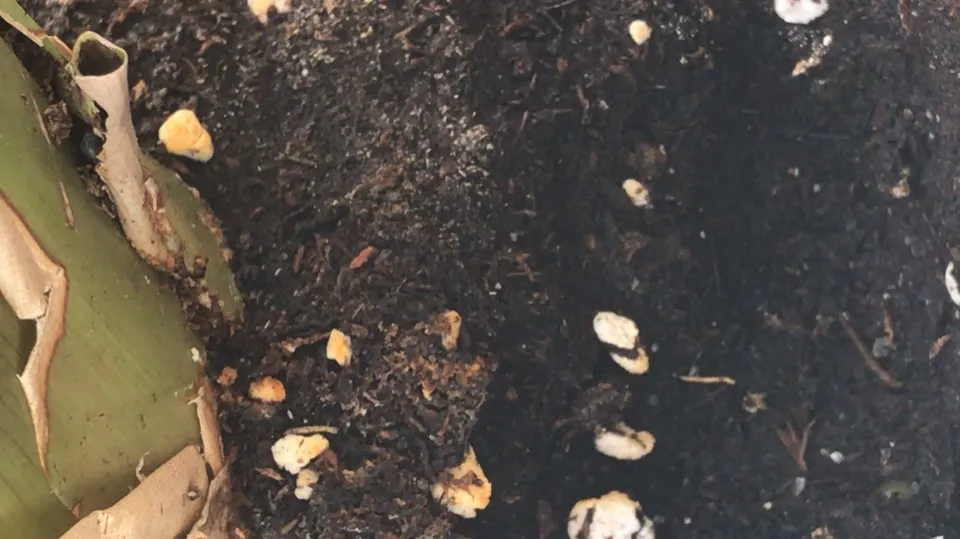
These aphids are found at or close to the soil’s surface. They have an oval shape and appear woolly white. They live beneath the plant soil and are not readily visible to human eyes. Without your knowledge, your soil may be teeming with them.
If the leaves of your indoor plant are starting to wilt despite receiving good care, you should suspect an aphid infestation. The leaves may occasionally just start to curl and lose their color.
The soil contains white bugs that are eating roots if you can’t see pests under the leaves or sheaths. You ought to sift through the potting soil’s top layer in this situation. There are a lot of these little white bugs there.
Fungus Gnats
These gnats are flies that are typically found in the regular soil of indoor plants. They are small and legless bugs that have white bodies and black heads. They are infamous for leaving slimy trails that can be seen over the potted plant’s soil. Remember that they only strike in consistently moist and humid soil.
These gnats and their larvae feed on the organic content of the soil, severely limiting their availability to your house plants.
Scale Insects
These tiny insects, which come in a variety of hues, including white, resemble bumps on the plant and soil more than actual insects. They pierce the surface of your plants and are super hard to get rid of.
Their symptoms are the same as other bugs. Scales are frequently accompanied by yellow spotting, curling of the edges, and in severe cases, leaf drop. With a microscope, you might be able to see the puncture marks as well.
Root Mealybugs

Root mealybugs are different from mealybugs in that they live beneath the soil in the plant’s roots rather than under its leaves. They are tiny, white bugs with a rounded shapes that feed on root-specific sap.
Over time, they multiply in large numbers and significantly disrupt the nutrient supply of the plant. Plants that are impacted begin to have drooping leaves. They might also develop yellow discolored spots or leaf edges.
Eventually, the plant starts to suffer from severe weakness. Such a plant’s roots will be wilted, discolored, and honeydew-coated if you depot it.
How to Get Rid of White Bugs in Soil?
One of the most physically demanding pastimes is gardening, and you must constantly monitor the condition of your lawn, plants, and even soil. It’s time to take action if you’ve seen tiny white bugs in soil that you’ve disturbed or dug into. Here’s what to do about an infestation.
Using Organic Pesticides
If your bug infestation hasn’t already gotten out of hand, don’t use any of the chemical pesticides that you can buy from plant nurseries and garden centers.
A mild solution that effectively kills plant pests is a mixture of neem oil and dish soap. Spray the plant and soil with a solution made up of 1 gallon of water, 2 tablespoons of liquid soap, and 2 tablespoons of oil.
The bugs should soon start to disappear if you repeat the procedure each week. Alternatives to Neem oil include Hydrogen Peroxide and even regular vegetable oil.

Transplanting Your Plant
You should consider repotting your plant if your infestation has gotten out of hand and no other measures appear to be working to keep the pests at bay. Your plant should first be carefully removed from the soil, and the roots should then be thoroughly washed with water.
Then, you can put your plant in a pot with new soil that has been thoroughly cleaned. Make sure to move any transplants far from other plants. The chance of the bugs spreading will be reduced as a result.
Best practice: Always handle plant roots with extreme caution to prevent shock from occurring to the plant.
Conclusion: Get Rid of White Bugs in Soil
Today, we learned all about white soil insects and how to get rid of them. Here’s a quick recap;
- The most prevalent white bugs among these pests are scales, mealybugs, and mites, including soil- and spider-borne varieties.
- Most common pests attack the plant and suck sap from it. The roots of some plants can’t absorb nutrients because of pests in the soil.
- Washing the plant and applying insecticides will get rid of soil pests.
- Depending on your preferences, you can use chemical or natural insecticides.
That’s all there is to know about white pests in the soil and how to deal with them.
FAQs
How Long Will It Take for My Plant to Recover from Tiny White Bugs in the Soil?
Once the tiny white bugs are killed and removed, you should see almost instant signs of recovery.
Will Using Mulch Attract Tiny White Bugs?
Whether or not you use mulch will not make a difference. Make sure not to over-mulch your plant, as this will make the soil too wet and may lead to a bug infestation.

